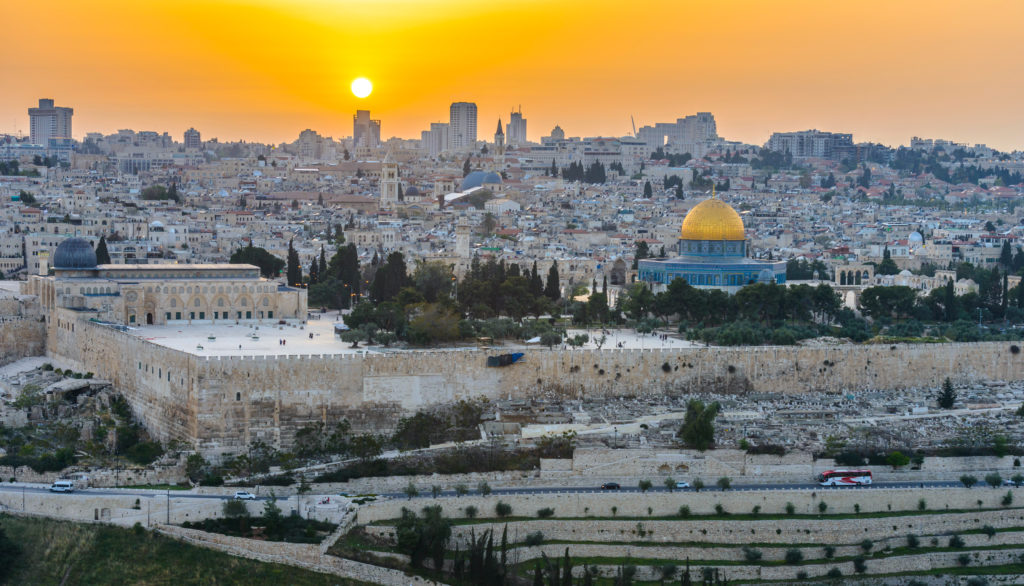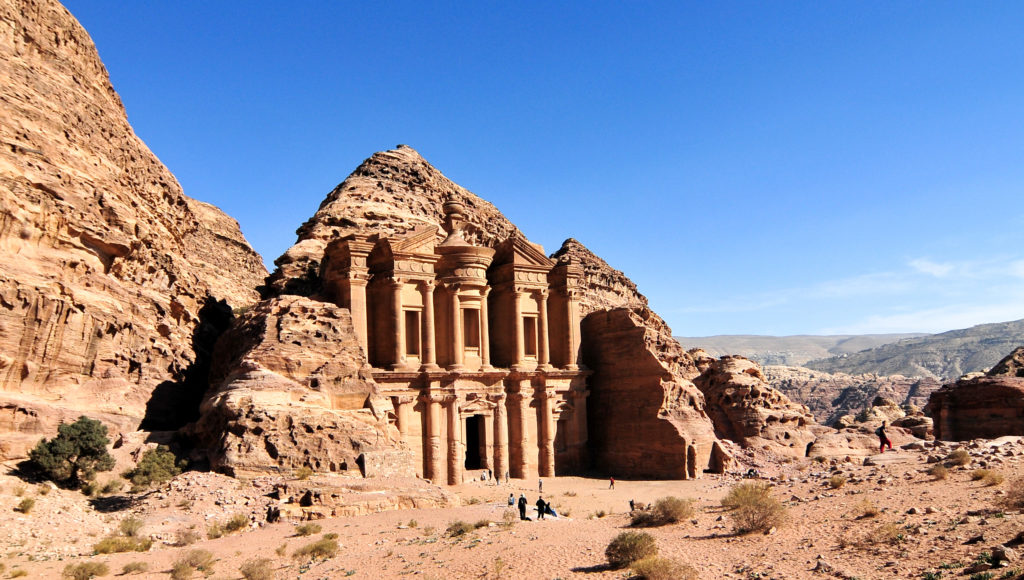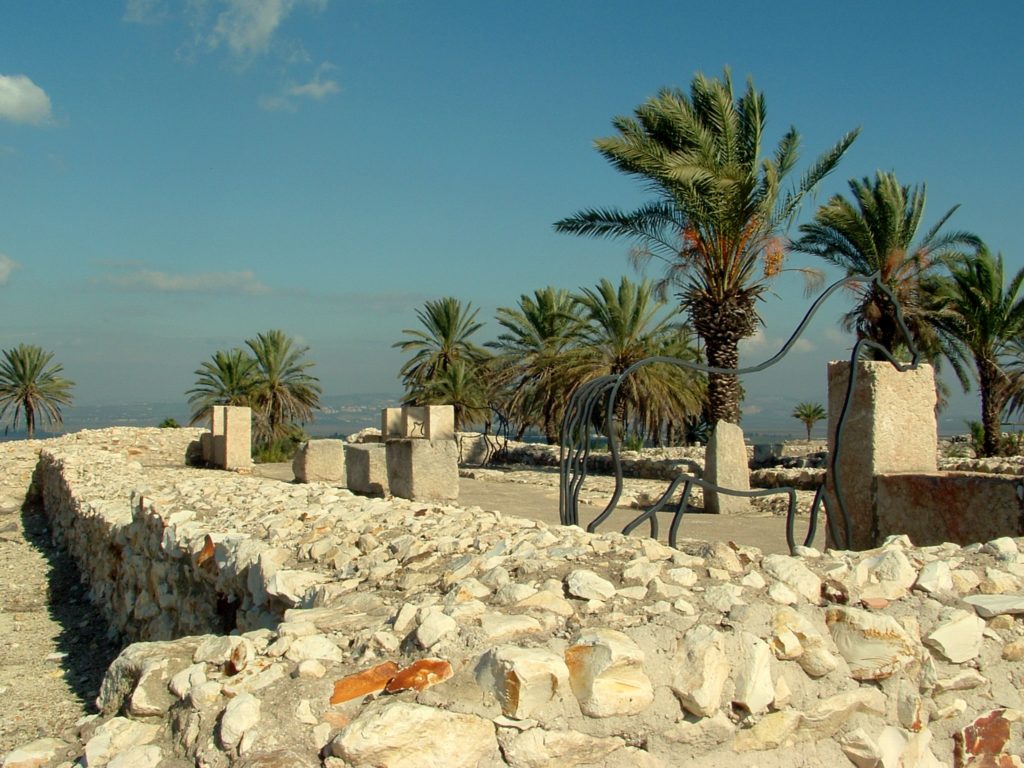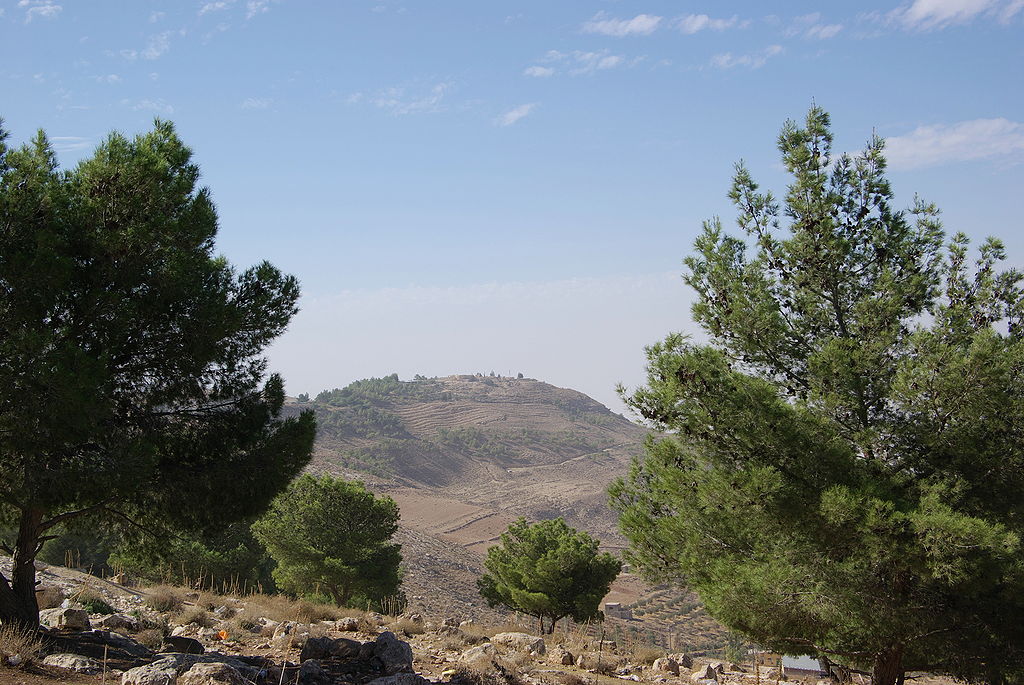Biblical places written in the bible have significant roles in our history.
Some of these places were centers of ancient power or trade, these places were even the heart of an empire.

Many of these places have been damaged or lost due to natural reasons. But a number of tourists visit these historic places to learn more about history or to experience walking on the same path Jesus and Moses did.
Archeologists have also continuously worked hard to rediscover some of these Biblical places which contributes many answers to our history and origins of the testaments in the bible.
In this article, CDN Digital have compiled some ancient locations with written biblical importance.

Aerial view of Old City of Jerusalem. | CDN File Photo
Old City of Jerusalem (located in Israel but also claimed by Palestine)
Jerusalem holds dozens of historic and religious locations to see.
Until this day, Jerusalem remains to be a significant place for Christians.
According to Jewish tradition, the Temple Mount, which now lies within a walled compound inside the Old City,
was where God gathered the dust to create the first human, Adam, and where King David’s son, Solomon, built the first temple circa 1000 B.C.
The Old City consists of other key religious sites, including the Church of the Holy Sepulchre, the site of Jesus’ crucifixion and his (empty) tomb, and the Western Wall, a remnant of the Second Temple which was built by King Herod in the first century B.C.

The Monastery Temple of Petra, Jordan. | CDN File Photo
Petra (Jordan)
The ancient city of Petra is one of the most breathtaking sites in the Middle East, carved into the red rock cliffs of Jebel al-Madhbah, near the Dead Sea in southern Jordan.
It was also known as “Sela” in the Bible.
Scholars believe Petra was built circa 312 B.C. by the Nabateans.
The Nabateans was a mysterious ancient Arabian society that founded an independent kingdom and setting Petra as their capital.
The surrounding valleys are called the Valley of Moses, or Wadi Musa, and according to biblical tradition, this is the place where Moses hit a rock and brought forth water for his followers.
Its famous ruins still offer discoveries, such as a massive, mysterious structure found buried in the sands located at its center in 2016.

Preservation site at Tel Megiddo. | WikiMedia Commons
Tel Megiddo (Israel)
Also known as Armageddon in Greek, Megiddo is believed by Christians to be the site of the end-times battle prophesied in the Book of Revelation.
But archaeologists have already uncovered 26 layers of ruins at this site, which is located about 30 km southeast of Haifa, Israel.
Including a leading Canaanite city during the Bronze Age, an Egyptian citadel and a Persian City.
According to the Hebrew Bible, the place also became an important royal city in the Kingdom of Israel.
The place is listed as a UNESCO World Heritage Site.

A wide view of Mount Nebo. | WikiMedia Commons
Mount Nebo (Jordan)
According to the Old Testament, the Hebrew prophet and leader Moses lived his final days here, he climbed its peak to get a view of the Promised Land before he died.
Some believe the site is also the place where Moses was buried, and it became a place of pilgrimage for early Christians.
A pilgrimage site since the fourth century, it was home to a church built around that time.
A group of monks built the church on the mountain in the 4th century, but the ruins of this building were only rediscovered in the 1930s. Some ornate 6th-century mosaics by Byzantine-era monks can still be viewed today as well as stunning views of the Holy Land and the Jordan River valley from its peak.

Ancient Qumran ruins and water system. | WikiMedia Commons
Qumran (Israel’s West Bank)
The ancient settlement of Qumran is located on the northwest shores of the Dead Sea.
It has ruins dating back to the Iron Age and hundreds of graves.
The site gained international recognition in the late 1940s, when Bedouin shepherds stumbled into nearby caves and discovered the first of the ancient Hebrew and Aramaic texts known as the Dead Sea Scrolls.
Carved into the desert cliffs just opposite Qumran, these Dead Sea Scrolls contain biblical text and other ancient writings. They are among the oldest surviving pieces of the Old Testament.
The following excavations revealed the ruins of buildings and an extensive aqueduct system.
Scholars believe Qumran was home to the Essenes, an isolationist Jewish sect often credited with authorship of the Dead Sea Scrolls.
These are just some of the important biblical sites that we can still visit today. Do you know more facts or history of these biblical places? You can share it to us in the comments section of this video.
